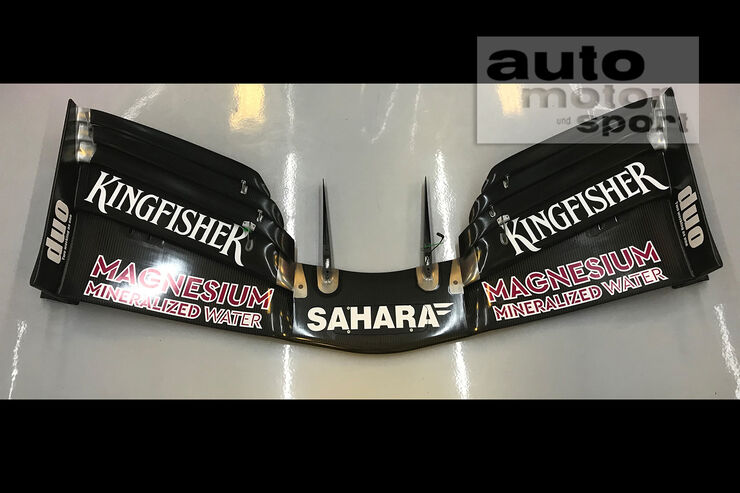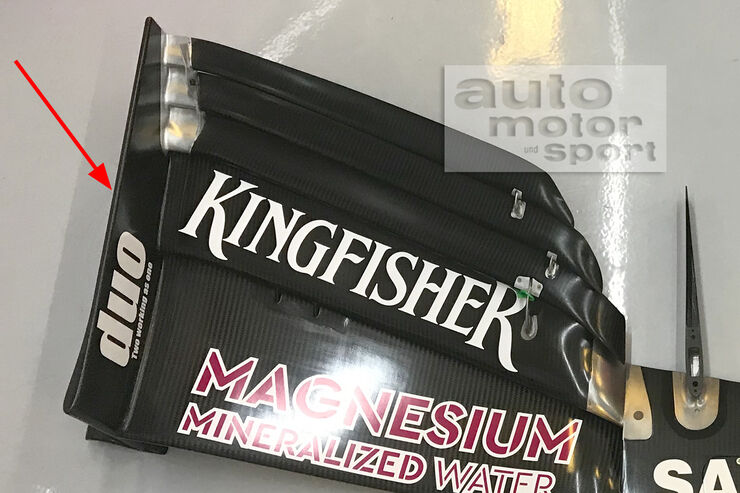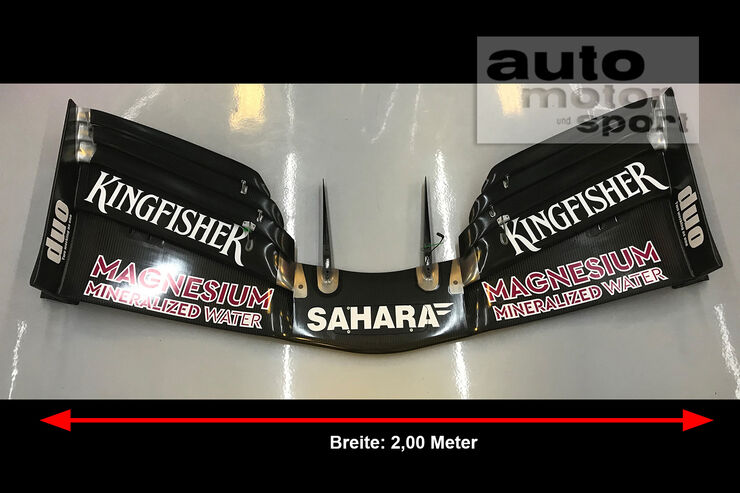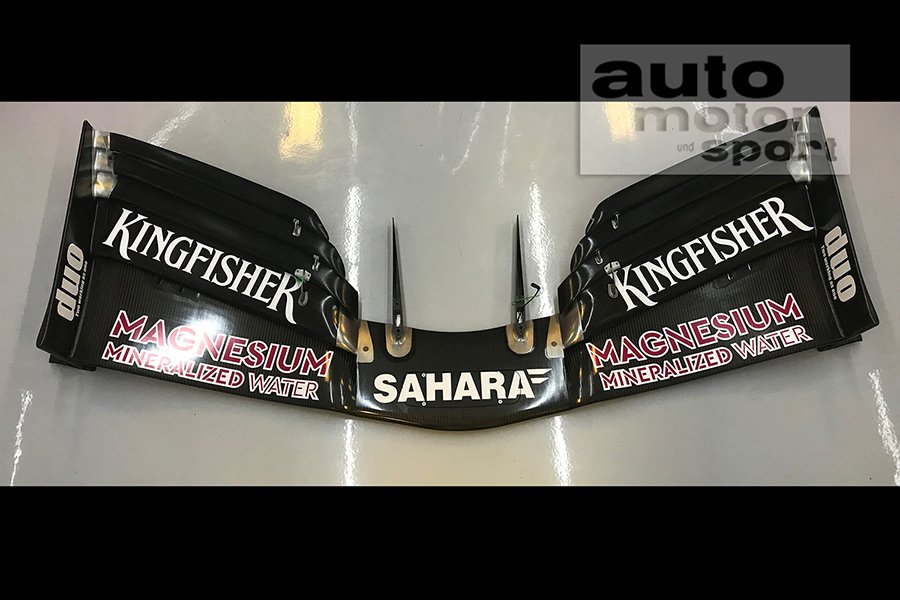Talking of suspension, how about allowing the use of standard active suspension? Use FIA sensors to ensure minimum ride heights are maintained during the race and then, when a car is close to one ahead e.g. "within DRS range", allow the following car to lower on its suspension. This would give more downforce to compensate for that lost in the wake of the preceding car. Each car could have this lowering tuned to its particular aero deficit when following, perhaps.
No idea if such a scheme would work but on initial thought it might do. We would also have the possibility of the cars have a qualifying mode that ran them at the aggressive high downforce setting for a whole lap. Silly-fast lap times! Yay!

Anyway, it's just a thought.
If you are more fortunate than others, build a larger table not a taller fence.





